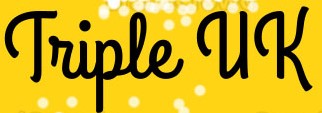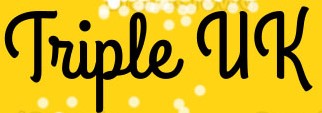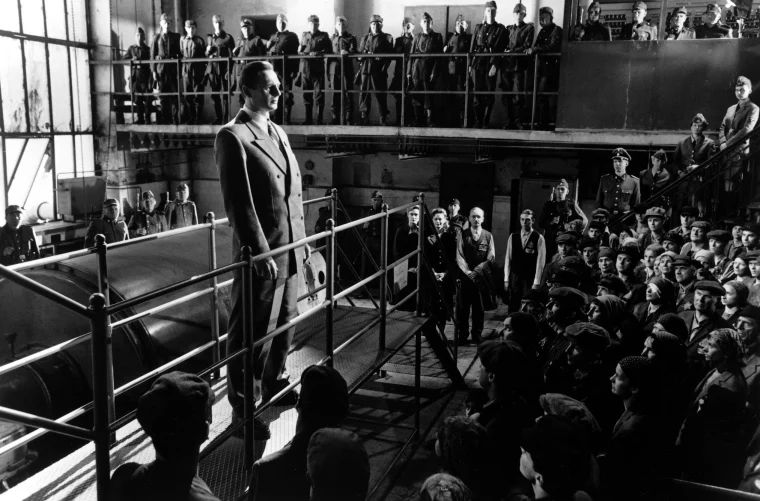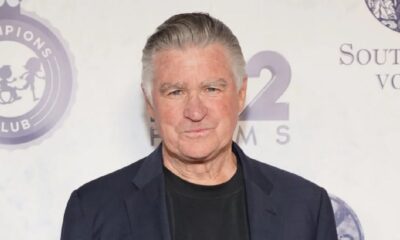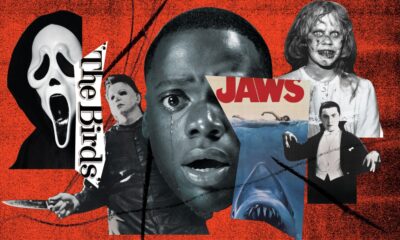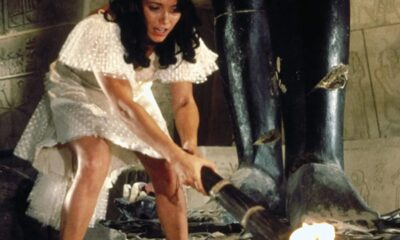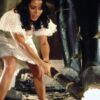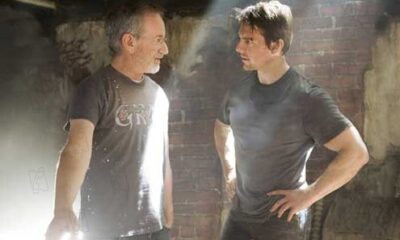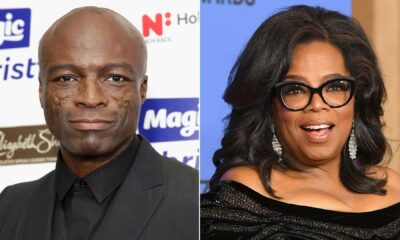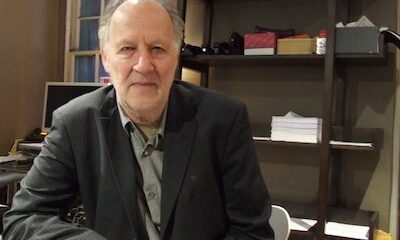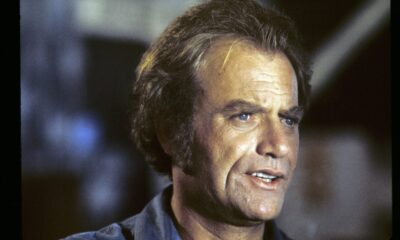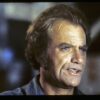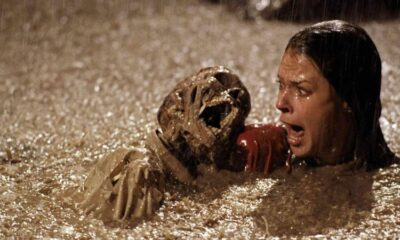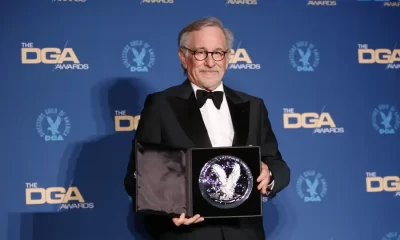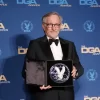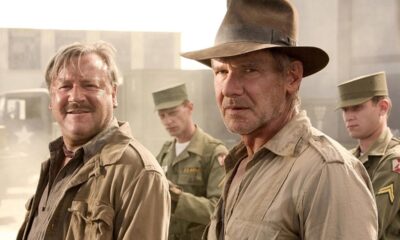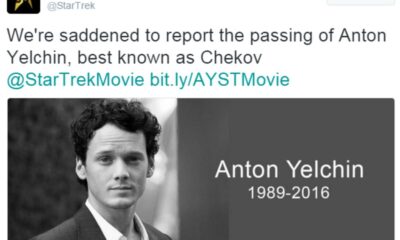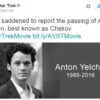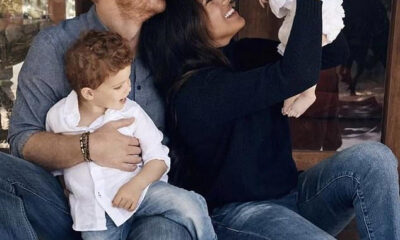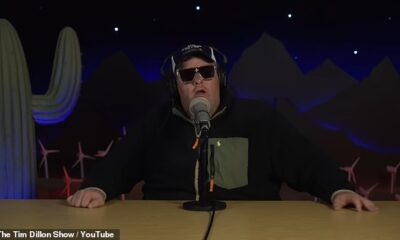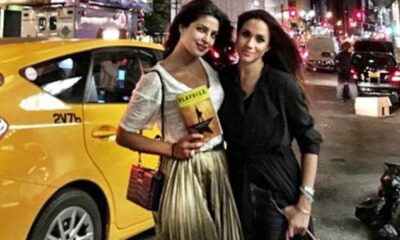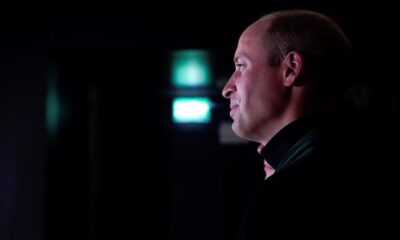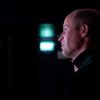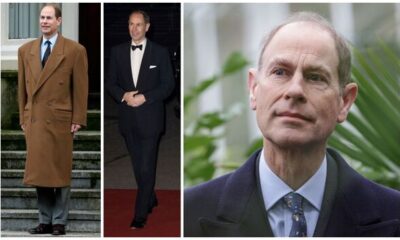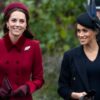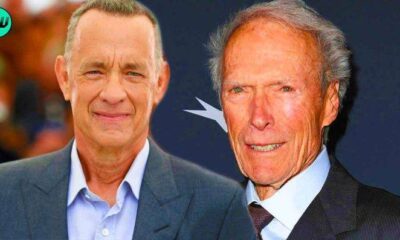Updates
Steven Spielberg warns genocide is as possible today as it was during Holocaust
Steven Spielberg, the Oscar-winning director of “Schindler’s List,” a Holocaust film, has issued a warning: Hatred leading to genocide is just as probable now as it was during WWII.
In an interview with NBC’s Lester Holt, Spielberg singled out the horrific shooting at Pittsburgh’s Tree of Life synagogue building as a symptom of the development of hateful ideologies.
Spielberg stated, “I think there is more at stake today than even back then. When collective hate organizes and gets industrialized, then genocide follows. We have to take it more seriously today than I think we have had to take it in a generation.”
The true tale of Oskar Schindler, a German industrialist whose attempts to hire Jews during the Holocaust rescued 1,200 individuals, is told in the 1993 film “Schindler’s List,”
The conversation took place when “Schindler’s List” celebrated its 25th anniversary in a limited number of cinemas.
It was nominated for seven Academy Awards, including best film and best director.
He had no idea, though, that it would also be a commercial hit.
“I couldn’t imagine based on the story that we told that an audience would tolerate just the amount of violence, human against human. Or inhuman against human,” Spielberg, 71, said. “No one thought the film was going to make any money.”
The film, which was made in Poland, inspired Spielberg to start the USC Shoah Foundation, which videotapes conversations with Holocaust survivors and today has over 55,000 survivors and witnesses on its database.
Spielberg remarked of the picture, “I don’t think I’ll ever do anything as important. So this, for me, is something that I will always be proudest of.”
Spielberg and the actors of “Schindler’s List” took a toll portraying the horrors of the Holocaust.
“I think everybody felt that we were memorializing something,” stated Spielberg. “I’ve only had this experience twice, one was shooting ‘Schindler’s List,’ and the second time, it was very reverential, was shooting ‘Lincoln.’ The two times that I think the entire company came together to pay their respects.”
The film “Schindler’s List,” which runs over three hours, was shot in black and white, despite Spielberg’s protests to the studio.
“I don’t know the Holocaust in color. I wasn’t around then,” he said. “But I’ve seen documentaries on the Holocaust. They’re all shot in black and white. That’s my only reference point. I wanted it to feel real.”
Not only for the audience, but also for the survivors Spielberg had encountered along the way.
“God bless the one Schindler survivor that came over to me,” Spielberg said to Holt. “She said, ‘I want to tell you my story.’ And I said, ‘Well, I’m telling your story.’ She said: ‘Oh, that’s nothing. That was a tiny part of my life. I want to tell you my entire story of what my life was like, who I am. I want you to see me.'”
Popular Posts:
MUST READ:
